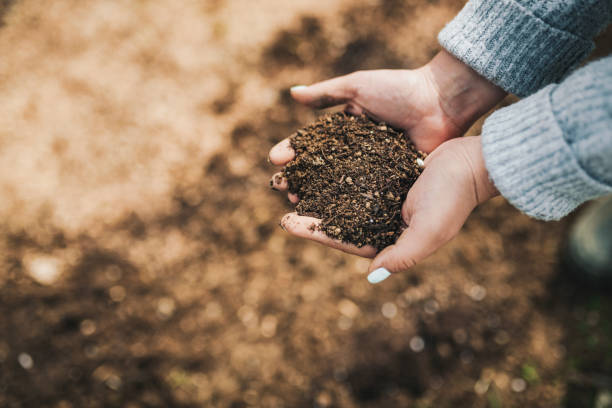
Title :Converting Compost into Granulated Fertilizer: A Comprehensive Guide
Introduction
Compost is a valuable organic material that is rich in nutrients and beneficial microorganisms, making it an excellent natural fertilizer. However, converting compost into granulated fertilizer can enhance its usability, storage, and application. In this article, we will explore the method, materials required, and cost efficiency of converting compost into granulated fertilizer.
Method:
1. Prepare the Compost: Start by ensuring that the compost is well-aged and fully decomposed. This will ensure that it is rich in nutrients and free from pathogens.
2. Drying: Spread the compost out on a flat surface and allow it to dry thoroughly. This will help reduce moisture content, making it easier to granulate.
3. Granulation: There are several methods for granulating compost, including:
Pelletizing: Use a pelletizing machine to compress the compost into small pellets. This is a common method used in large-scale fertilizer production.
Mixing with Binders: Mix the compost with natural binders such as clay or bentonite, which help hold the granules together. This method is suitable for small-scale production.
Adding Water: Add water to the compost to achieve the desired moisture content, then use a granulator or extruder to form the granules.
4. Drying and Curing: Once the compost is granulated, it needs to be dried and cured to remove excess moisture and allow the granules to harden. This can be done in a drying chamber or under the sun.
5. Screening and Packaging: After drying, screen the granules to remove any oversized or undersized particles. Finally, package the granulated fertilizer in suitable containers for storage and distribution.
Materials Required:

Compost: Well-aged and fully decomposed compost with a balanced nutrient content.
Granulation Equipment: This can include pelletizing machines, granulators, or extruders, depending on the scale of production.
Binders (optional): Natural binders such as clay or bentonite may be used to help hold the granules together.
Drying Equipment: Drying chambers or sunlight can be used to dry the granulated fertilizer.
Screening Equipment: Screens of appropriate sizes to separate the granules into uniform sizes.
Packaging Materials: Suitable containers or bags for packaging the granulated fertilizer.
Cost Efficiency:
The cost efficiency of converting compost into granulated fertilizer depends on several factors, including the scale of production, the cost of equipment and materials, and the market value of the final product. Generally, small-scale production using simple equipment and natural binders can be more cost-effective compared to large-scale production using specialized machinery and synthetic binders.
Using compost as a base material for granulated fertilizer can also reduce costs compared to using synthetic fertilizers, as compost is often cheaper and more environmentally friendly. Additionally, granulated fertilizer is easier to store, transport, and apply compared to lose compost, which can further contribute to cost savings.
Conclusion
In conclusion, converting compost into granulated fertilizer is a cost-effective way to enhance the usability and value of compost. By following the method outlined above and using the right materials and equipment, you can produce high-quality granulated fertilizer that is rich in nutrients and beneficial for soil health.



You must be logged in to post a comment.